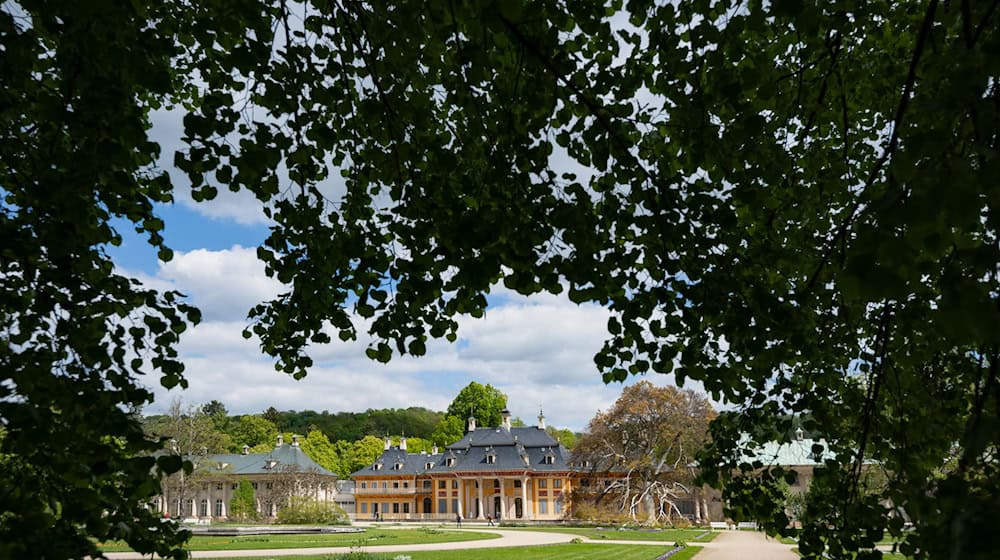High-tech in baroque surroundings: the gardeners at Pillnitz Palace Park will be able to rely on a special kind of electronic helper in future. A watering robot fills itself at a filling station and moves at walking speed to the spot in the grounds where potted plants need to be watered in response to a call signal.
The prototype of the robot holds a good 400 liters of water and will also be used for other gardening tasks in the future. In its current form, it operates as a semi-autonomous robot. The gardener has to water the plant using a hose attached to the robot tank.
"We are proud and delighted to be able to take an absolutely innovative step in Pillnitz Palace Park. We are the first German palace administration to use a robot for watering," said Schlösserland Director Christian Striefler at the presentation of the technology and spoke of a climate change project.
Development of the robot is part of a climate change project
The gardeners worked together with employees from the Barkhausen Institute and the Technical University of Dresden. The development costs were estimated at around 630,000 euros, ten percent of which came from the Free State of Bavaria. The robot is part of a federally funded project entitled "Climate change in historic gardens".
"The robot was ultimately designed as an assistance robot. It works together with the gardeners and supports them in the physically difficult work. The robot is monitored and controlled by the specialist staff," it said.
The robot can be operated using a small mobile control terminal with a display and buttons for input. The device only acts autonomously on command, for example when refueling for fresh irrigation water. It can also move to fixed GPS points to distribute materials or tools, for example. It can work for up to six hours on its battery.
Stump of a dead copper beech serves as a memorial to climate change
The State Palaces, Castles and Gardens of Saxony have been involved in the "Climate Change in Historic Gardens" project since 2022, which is funded by the Federal Ministry of Housing, Urban Development and Building. It includes measures to combat the effects of climate change.
As important cultural monuments, historic parks and gardens face particular challenges, it said. "If too many trees die, the monuments are at risk." Solutions are now being sought in Pillnitz Palace Park and the Dresden Great Garden.
Until 2021, two giant copper beeches at the north-western entrance to Pillnitz Park had attracted the attention of visitors. The majestic trees were planted in 1895 and dominated one side of the pleasure garden between the Bergpalais and Wasserpalais. One of the beech trees had not survived the droughty summers of previous years and therefore had to be felled.
The trunk now serves as a memorial to the consequences of climate change. As things stand, the beech tree opposite can no longer be saved. Experts give it another two years to live. As a short-term measure against heat stress, the trees are being watered more frequently.
Copyright 2024, dpa (www.dpa.de). All rights reserved










